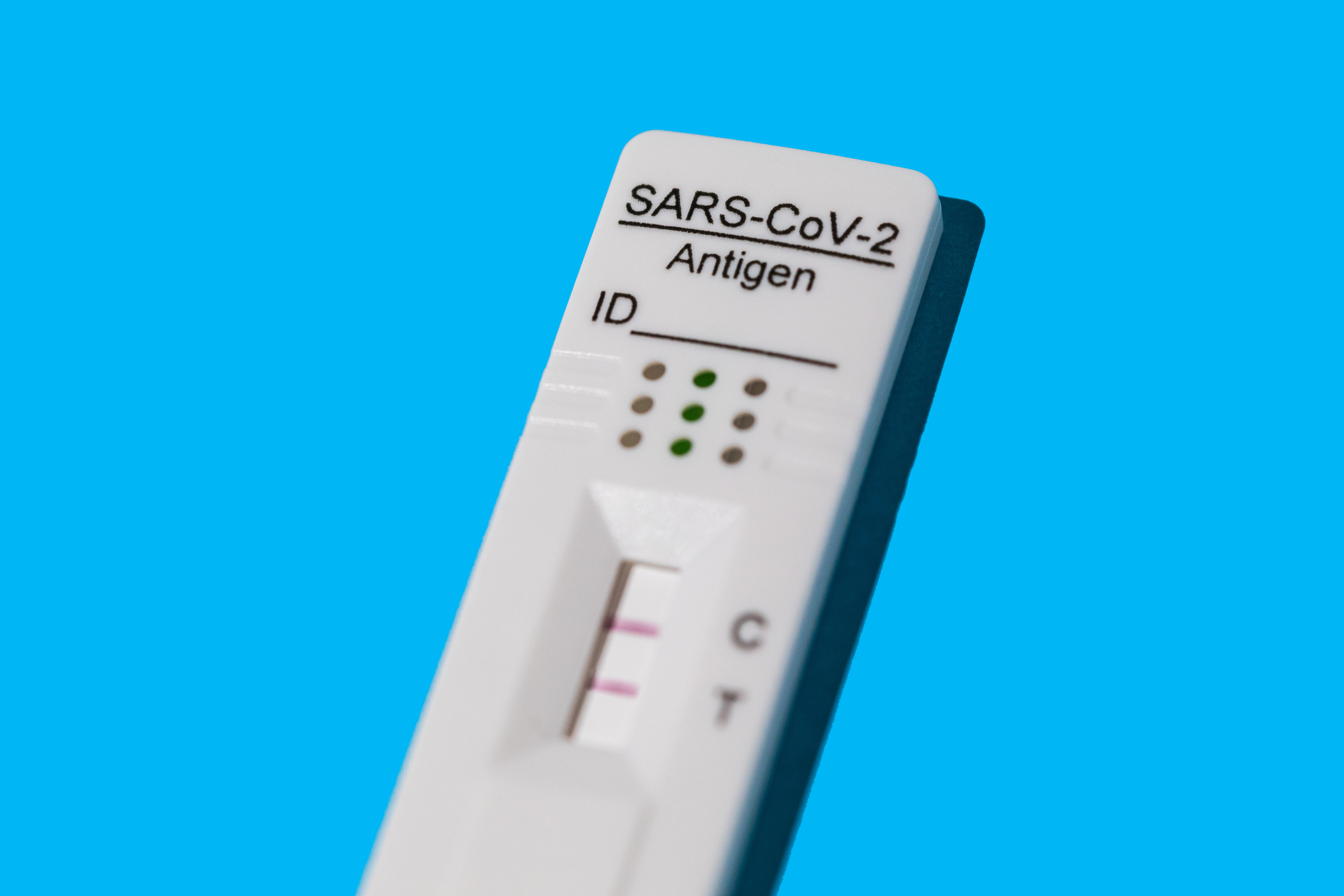
At this point in the pandemic, it’s easy to think of COVID-19 as something closer to the flu than a dangerous disease. But even though the latest Omicron variants do cause less severe symptoms than the original strain of SARS-CoV-2, COVID-19 is still far from a typical disease—especially if you get it more than once.
In a study published in Nature Medicine, researchers report that COVID-19 reinfections could be taking a toll on some important organ systems. That risk applies to both short-term and long-term health effects, says Dr. Ziyad Al-Aly, clinical epidemiologist at Washington University School of Medicine in St. Louis, and the study’s senior author.
He and his team analyzed 5.3 million health records from the U.S. Department of Veterans Affairs involving people who did not test positive for SARS-CoV-2 from March 2020 to April 2022, and compared their health status to 443,000 people who tested positive once during that period—then to another 41,000 who tested positive two or more times. (Most in the latter group had two or three infections, although a small proportion had four.) They studied adverse outcomes, like hospitalizations and deaths, in the health records for these groups for six months.
People who had more than one COVID-19 infection were three times more likely to be hospitalized and twice as likely to die than those who only had one infection. Those with multiple infections were also more vulnerable to other dangerous conditions; they were 3.5 times more likely to develop lung problems, 3 times more likely to have heart conditions, and 1.6 times more likely to have brain changes requiring care than people who had only had COVID-19 once.
The findings support other studies that are also documenting the effects that COVID-19 may have on the body. Most recently, in several presentations at the Society for Neuroscience’s annual meeting in November, scientists reported that the inflammation caused by COVID-19 can have lasting effects on the brain, including in children; 14 kids ages 10-13 who had recovered from COVID-19 infections showed changes in the sensorimotor regions of the brain on MRI up to 15 months after their infection, compared to 35 children who hadn’t been infected. In another study presented at the same conference, adults who had even mild COVID-19 symptoms also demonstrated brain changes four months after infection.
Read More: The Latest COVID-19 Variants Can Evade Vaccine Protection, According to New Data
Studies are showing that getting infected more than once—an increasingly common scenario as the pandemic drags on and variants become more transmissible—may have compounding effects. “We wanted to know, if you get multiple infections, do they matter? Are these infections consequential, or has the immune system adapted because it has seen the infection before and developed a way of dealing with it?” says Al-Aly. “We found that if people are infected a second or third time, those infections certainly contribute to additional health risk, even if they are vaccinated.”
With each infection, the body’s resilience drains a bit more, until, with enough assaults, it reaches the danger zone. “Cumulatively, each infection could get you closer and closer to the edge,” says Al-Aly. “That’s why avoiding a second or third infection is important to try to continue preserving health.”
Repeat infections may also raise the risk of Long COVID. It’s not clear yet what puts people at risk of developing symptoms that can persist long after the active infection is gone, and any encounter with SARS-CoV-2 could trigger whatever process is driving Long COVID. Repeated infections only increase the odds. “People will say, ‘I got infected with COVID last Christmas, and I didn’t get Long COVID.’ That’s wonderful, and that person is very fortunate,” says Al-Aly. “But just because you dodged the Long COVID bullet one time doesn’t mean you will dodge the bullet every time. Every time you get infected, you are trying your luck again.”
A deluge of COVID-19 reinfections could pose a problem for health care providers this winter, when rates of other respiratory disease, such as influenza and RSV, could also climb. Health systems across the country are already reporting high numbers of urgent care and emergency department visits due to respiratory illnesses, and Al-Aly’s findings suggest that people experiencing multiple COVID-19 infections may add to that burden.
The best way to avoid reinfection is to take familiar precautions: get vaccinated and boosted, wear masks when in public indoor settings, and avoid gatherings if you are feeling sick. “We’re not calling for lockdowns or draconian measures,” says Al-Aly. “We want people to be informed of the risk and take precautions to reduce their individual risk of infection. The health consequences of second and third infections are not zero, as some people think it is.”
More Must-Reads from TIME
- Caitlin Clark Is TIME's 2024 Athlete of the Year
- Where Trump 2.0 Will Differ From 1.0
- Is Intermittent Fasting Good or Bad for You?
- The 100 Must-Read Books of 2024
- Column: If Optimism Feels Ridiculous Now, Try Hope
- The Future of Climate Action Is Trade Policy
- FX’s Say Nothing Is the Must-Watch Political Thriller of 2024
- Merle Bombardieri Is Helping People Make the Baby Decision
Contact us at letters@time.com